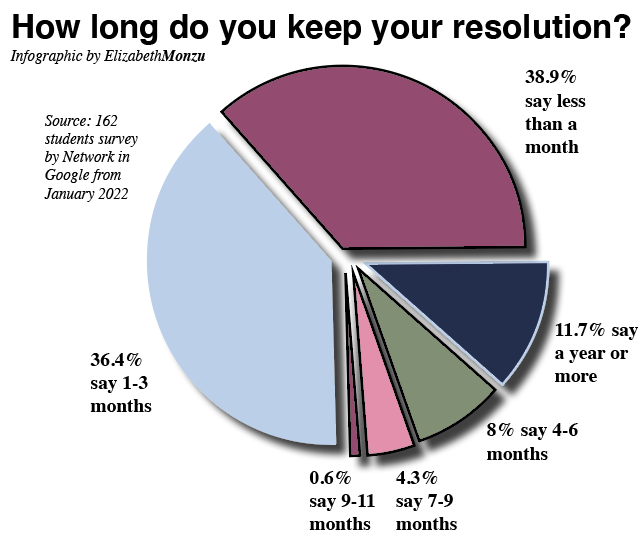Executive orders have defined newly-inaugurated President Joe Biden’s first months in office. With a split and hyperpartisan Congress, Biden has pushed dozens of executive orders that deal with COVID-19 relief, economic policies, racial inequality, and other directives. However, executive orders are not equal to legislation; when a President wants to enact substantial change, Congress usually must get involved. For example, if the President prioritizes COVID-19 relief, Congress would have to step in to draft a relief bill. Without cooperation from Congress, a President’s priorities may fall victim to congressional deadlock.

Before judging how much Biden can do with his executive orders, understanding the contents of his orders is important. One type of order the President has employed is the creation of task forces. For instance, the President signed an executive order that created a task force to reunify migrant families. Task forces have no legislative impact, but instead recommend and advise the President and relevant federal agencies on a certain issue. This can create impactful changes down the line, but this type of executive order does not deal directly with policy change. Biden has also signed orders that repealed various Trump executive orders; in the President’s words he is not making new law, but “eliminating bad policy” (https://www.npr.org/2021/02/03/963380189/with-28-executive-orders-signed-president-biden-is-off-to-a-record-start).
In terms of the economy, the President has some authority to use executive orders on certain matters. Biden extended a ban on foreclosures and extended Trump’s freeze of student loan payments. However, Congress has the sole authority to enact the most significant piece of economic policy–the relief bill. Grant Thornton economist Diane Swonk believes Biden’s orders are “on the margins” (https://www.politico.com/news/2021/02/01/biden-executive-actions-economy-464159); essentially, they have some economic impact but not enough to revitalize a pandemic-weakened economy. Only congressional action can push Biden’s plan to uplift the American economy into full effect.
With this being said, how much can President Biden really do through executive orders? It is clear that Biden’s biggest plans must involve congressional intervention. Whether that be economic policy or immigration reform, laws passed by the federal legislature will be the key in deciding how much of Biden’s platform will be rolled out. However, that’s not to say executive orders are useless. These orders play a crucial role in rallying federal agencies to pursue and investigate issues, overturning a former president’s work, and enforcing a President’s authority.

Despite the power of executive orders, the purse strings of Congress will be necessary for President Biden to enact the bulk of his policies.




























